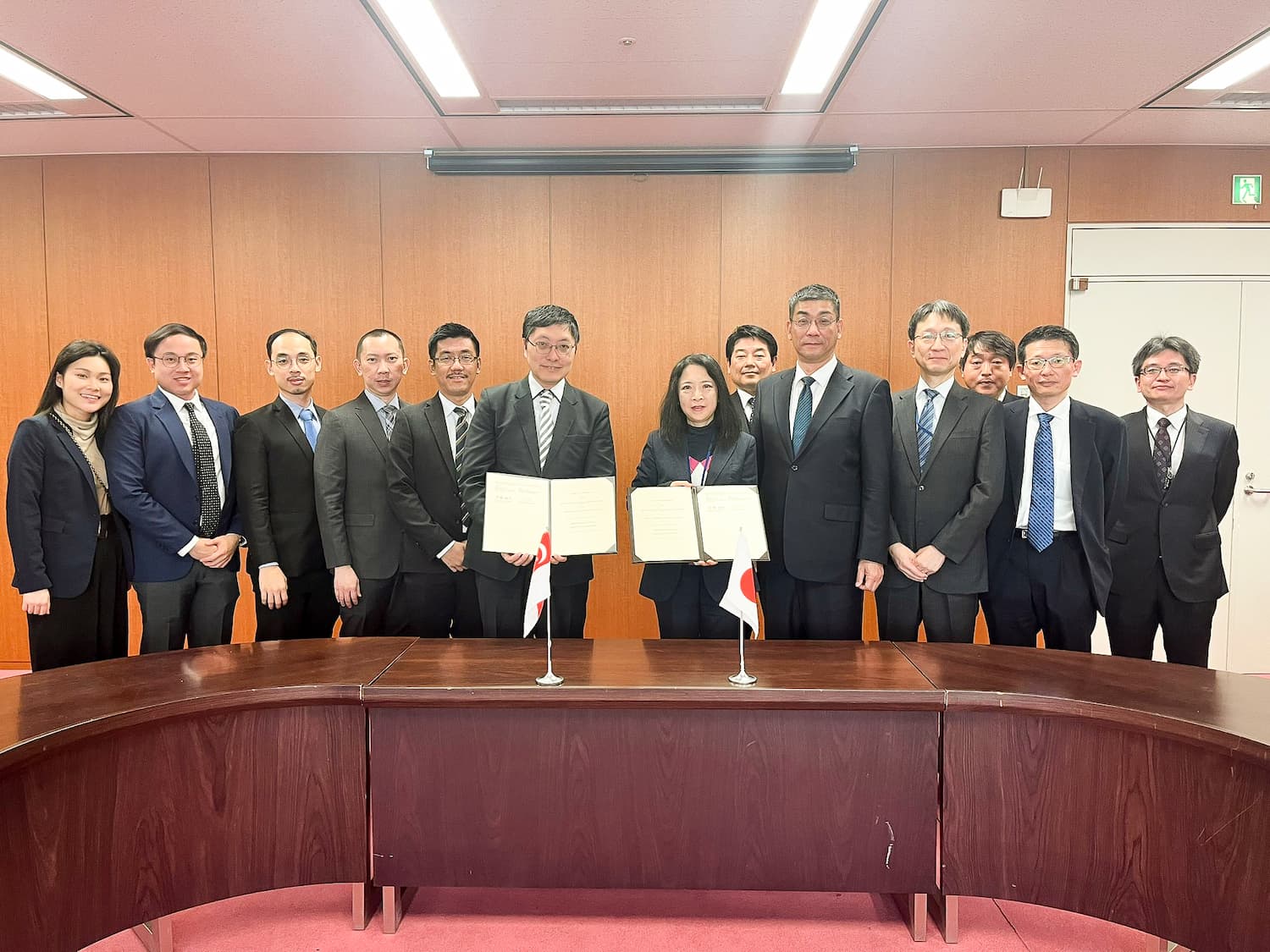The Singaporean and Japanese governments have signed a memorandum of cooperation (MoC) to establish the first Singapore–Japan Green and Digital Shipping Corridor (GDSC). The imitative aims to develop standards and best practices that support the decarbonization, digitalization and growth of the maritime industry.
The MoC was inked between the Ministry of Transport of the Republic of Singapore (MOT) and the Ministry of Land, Infrastructure, Transport and Tourism of Japan (MLIT) on Dec. 16. The creation of the GDSC reaffirms the strong commitment of both nations to accelerate maritime decarbonization.
Under the initiative, the Maritime and Port Authority of Singapore (MPA Singapore) will collaborate with six Japanese ports, namely the Port of Tokyo, Port of Yokohama and Port of Kawasaki supporting the Kanto Region, the Port of Osaka and the Port of Kobe supporting the Kansai Region, and the Port of Nagoya supporting the Chubu Region.
These six Japanese ports are the key nodes for the major economic regions of Kanto, Kansai and Chubu. They handled a combined cargo total of about 57 million tons in 2020, representing a significant proportion of total cargo handled in the country. They have also been embarking on various initiatives under MLIT’s Carbon Neutral Port plan.

(Photo: MPA Singapore)
With the establishment of the Green and Digital Shipping Corridor, MPA and the Japanese port partners aim to conduct pilot projects and trials for alternative marine fuels such as ammonia and hydrogen.
Additionally, both sides will work together to develop the necessary bunkering infrastructure, standards and training. They will also encourage the development and adoption of technologies to decarbonize port infrastructure.
On the digitalization front, Singapore and Japan will identify and implement digital solutions to streamline port clearance processes. They will also exchange information and best practices on maritime cybersecurity risks as well as other aspects of maritime digitalization.
“This MoC is a timely and necessary step in our drive towards the decarbonization and digitalization of the maritime industry. This GDSC will facilitate the establishment of a viable zero and near-zero greenhouse gas emission fuel supply chain for ammonia and hydrogen, build smarter ports with digital solutions,” MPA Singapore said on social media.
Governments worldwide have been establishing green shipping corridors that will help put the shipping sector on a pathway to align with the 1.5°C goal by 2030, facilitate the industry’s transition to alternative fuels and encourage comprehensive decarbonization.
According to the 2023 Annual Progress Report on Green Shipping Corridors by the Global Maritime Forum, the number of green corridor initiatives globally has surged from 21 to 44 in the past year. The number of such initiatives is constantly increasing.
Canada also announced recently that it would pursue the creation of a green shipping corridor between Canada’s West Coast and ports in the United Arab Emirates, Japan and Korea.






